Green Light Weed Killer Lawsuit: Were You or A Loved One Diagnosed With Non-Hodgkins Lymphoma
The recent surge in legal actions against the manufacturers of Green Light Weed Killer, following allegations of its linkage to Non-Hodgkin's Lymphoma, raises critical questions about the safety of commonly used herbicides. As individuals come forward with their diagnoses, the legal landscape is evolving, with potential implications for public health and corporate accountability. This situation highlights the importance of understanding the intersection between environmental exposure and health outcomes. For those affected, the pursuit of justice not only seeks compensation but also aims to ensure such risks are more transparently communicated. As the legal proceedings unfold, the outcomes could set precedents for how similar cases are approached in the future.
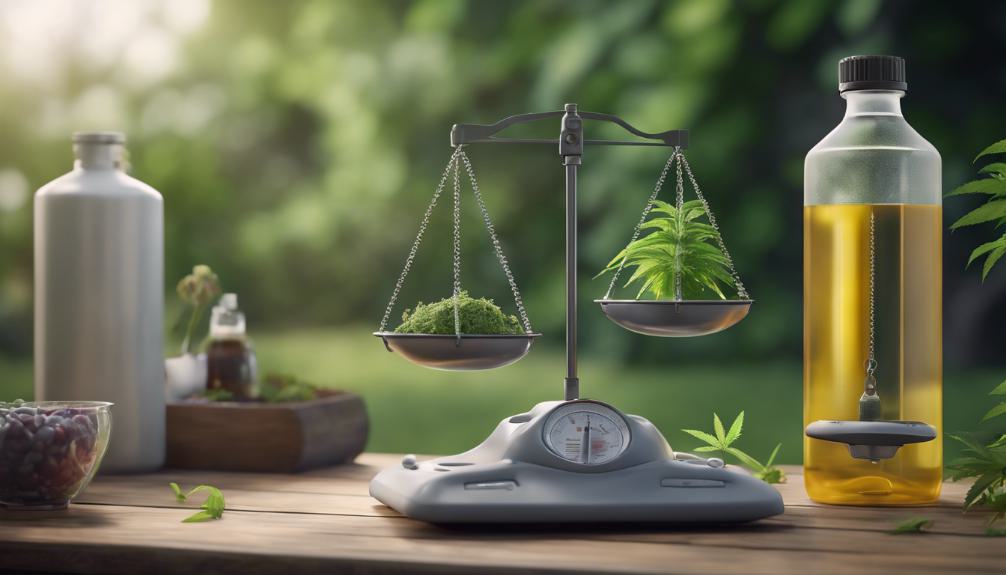
Background Information
The Green Light Weed Killer lawsuit stems from allegations that exposure to this herbicide is linked to an increased risk of developing Non-Hodgkin's Lymphoma, prompting a detailed investigation by product liability lawyers into its potential health ramifications. This legal scrutiny has highlighted the need for comprehensive analyses of the herbicide's chemical composition, particularly its inclusion of potentially carcinogenic substances such as glyphosate. Victims who believe their health has been adversely affected by the product are seeking compensation, asserting that the manufacturers failed to adequately warn consumers about the risks associated with its use. The lawsuit has thus become a focal point for discussions on regulatory oversight, consumer safety, and the ethical responsibilities of chemical companies. Legal experts emphasize the importance of affected individuals seeking a free case review to understand their rights and potential for legal recourse.
Understanding Non-Hodgkins Lymphoma
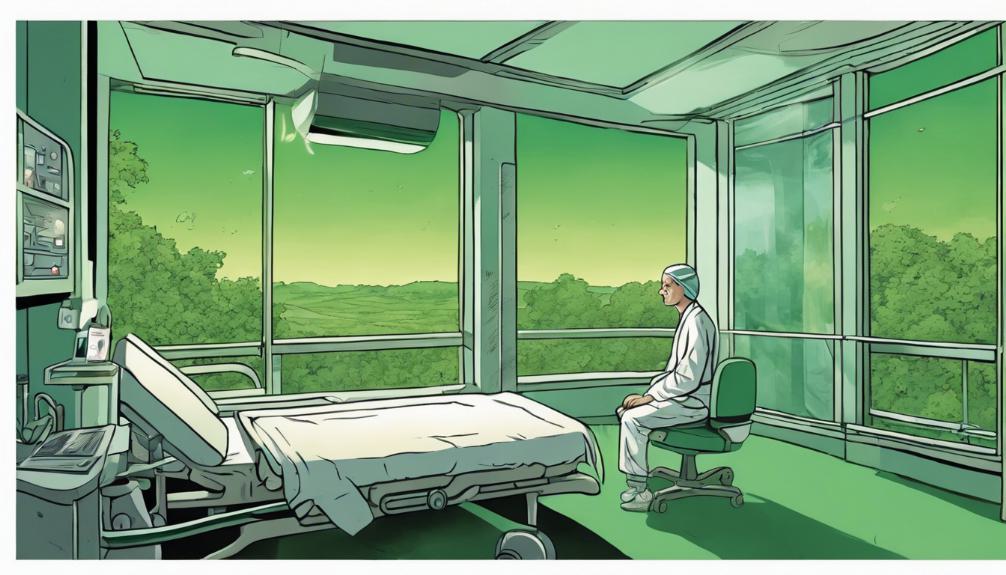
Non-Hodgkin's Lymphoma, a diverse group of blood cancers, affects the lymphatic system, which is a critical part of the body's immune defense. This condition manifests when the body produces an abnormal amount of lymphocytes, a type of white blood cell. Over time, these abnormal cells can accumulate in the lymph nodes, spleen, and other organs, leading to the enlargement of these tissues and a disruption in the lymphatic system's ability to fight infections. Symptoms may include swollen lymph nodes, fatigue, fever, night sweats, and unexplained weight loss. The diagnosis often involves blood tests, biopsies, and imaging studies. Treatment options vary based on the type and stage of the cancer and can range from chemotherapy and radiation therapy to targeted treatments and stem cell transplantation.
The Link Between Herbicides and Cancer
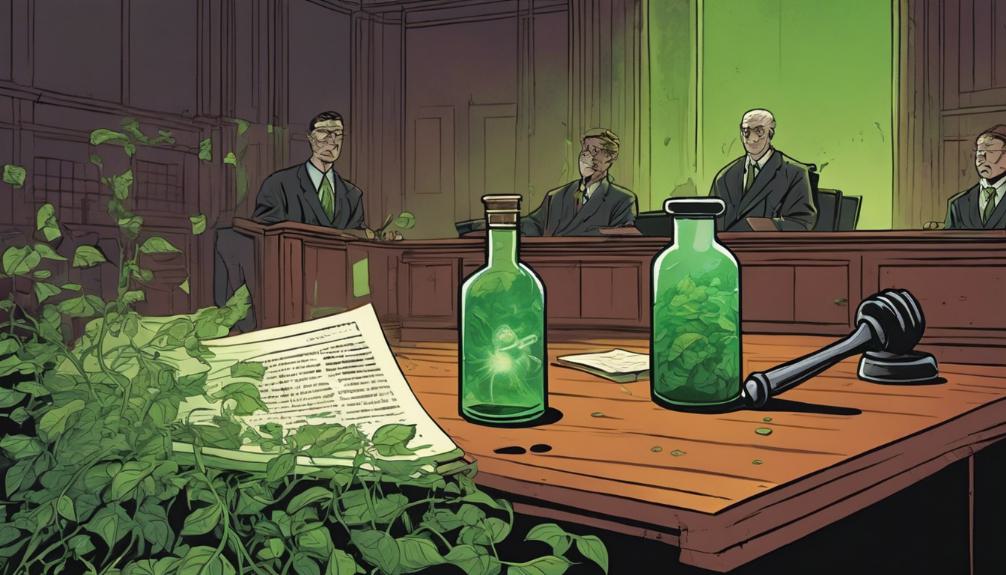
Growing evidence suggests a troubling connection between the use of certain herbicides and the development of cancer, including Non-Hodgkin's Lymphoma. Scientific studies have increasingly pointed towards specific chemicals present in various herbicides as potential carcinogens. Among these, glyphosate, a widely used herbicidal compound, has been at the center of research and debate. International health organizations and research institutions have conducted numerous studies aiming to understand the mechanisms through which these chemicals may induce carcinogenic processes in the human body. The findings have been significant enough to prompt reevaluation of regulatory standards and guidelines for the use of these substances. As the scientific community continues to explore this link, the implications for public health and safety regulations are profound, highlighting the need for vigilant oversight and potential reform in the manufacture and application of herbicidal products.
Green Light Weed Killer Exposure
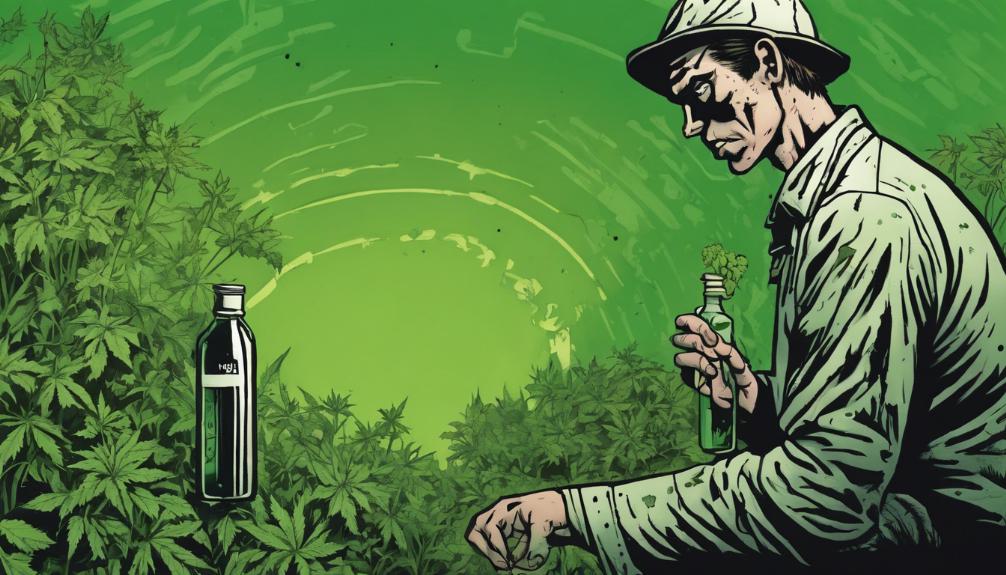
Exposure to Green Light Weed Killer has been linked to an increased risk of developing Non-Hodgkin's Lymphoma, prompting investigations and legal actions. This connection has led to a growing concern among individuals who have used or been in close contact with this herbicide. Legal professionals specializing in product liability and class action lawsuits are currently examining the cases of those affected to determine the eligibility for compensation. The primary ingredient under scrutiny is glyphosate, a widely used chemical in various weed-killing products, including those branded under Green Light. Individuals who suspect that their health issues may be related to exposure to these herbicides are urged to seek a free case review from experienced injury lawyers to explore their legal options.
Symptoms of Exposure to Note

Individuals who have come into contact with Green Light Weed Killer may experience several symptoms indicative of adverse health effects, including but not limited to fatigue, unexplained weight loss, and swollen lymph nodes. These symptoms can manifest due to the toxicological impact of the herbicide's active ingredients on the human body. Additionally, fever, night sweats, and chest pain may also signal exposure-related complications. Persistent coughing and difficulty breathing are further indicators that warrant immediate medical attention. It is vital for individuals presenting these symptoms to seek professional healthcare evaluation to ensure timely diagnosis and treatment. Understanding and recognizing these symptoms early can significantly contribute to mitigating long-term health risks associated with exposure to Green Light Weed Killer.
Legal Actions and Investigations
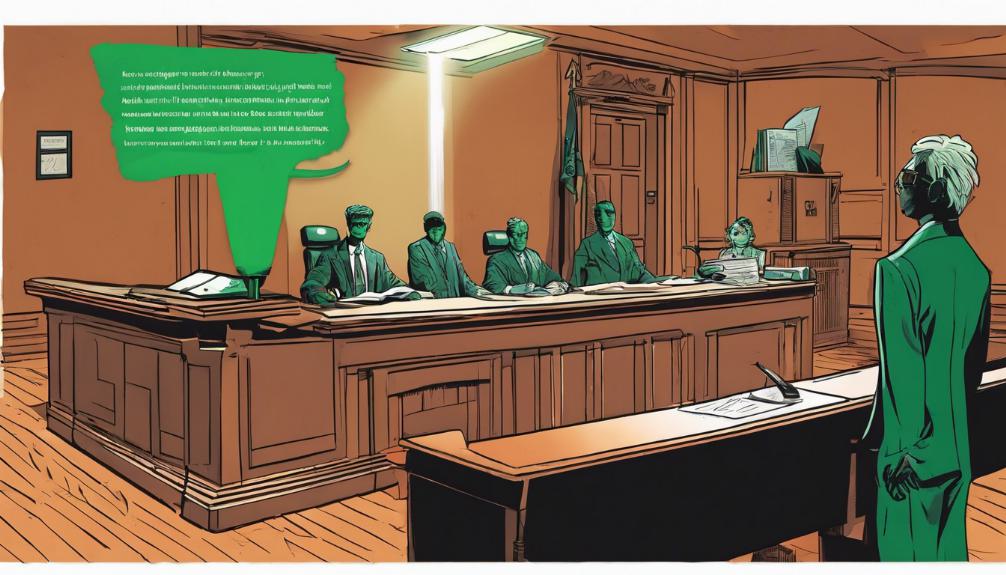
As legal scrutiny intensifies, numerous lawsuits have emerged against the manufacturers of Green Light Weed Killer, focusing on the alleged link between the herbicide and Non-Hodgkins Lymphoma. Plaintiffs claim that prolonged exposure to the herbicide, often containing glyphosate, has led to the development of this serious form of cancer. Law firms specializing in products liability and class action suits have taken up the mantle, conducting thorough investigations into these claims. These legal actions aim to hold the manufacturers accountable for not adequately warning users about the potential risks associated with their product. As these cases progress, they shed light on the importance of regulatory oversight and the need for transparency in the chemical industry, especially regarding products meant for widespread consumer use.
Eligibility for Compensation

Given the legal developments surrounding the Green Light Weed Killer lawsuits, assessing compensation eligibility is a crucial next step for those who believe they have been adversely affected. Individuals who have been diagnosed with Non-Hodgkin's Lymphoma after using or being exposed to Green Light Weed Killer may have grounds for compensation. The critical eligibility criteria include the timing of the diagnosis relative to the exposure, the duration and frequency of exposure, and the direct link between the herbicide and the illness. Legal representation is essential in navigating these complex considerations, as experienced attorneys can offer guidance on the potential for compensation based on the specifics of each case. Victims seeking justice and compensation are advised to consult with a qualified lawyer to evaluate their situation thoroughly.
Products Containing Glyphosate
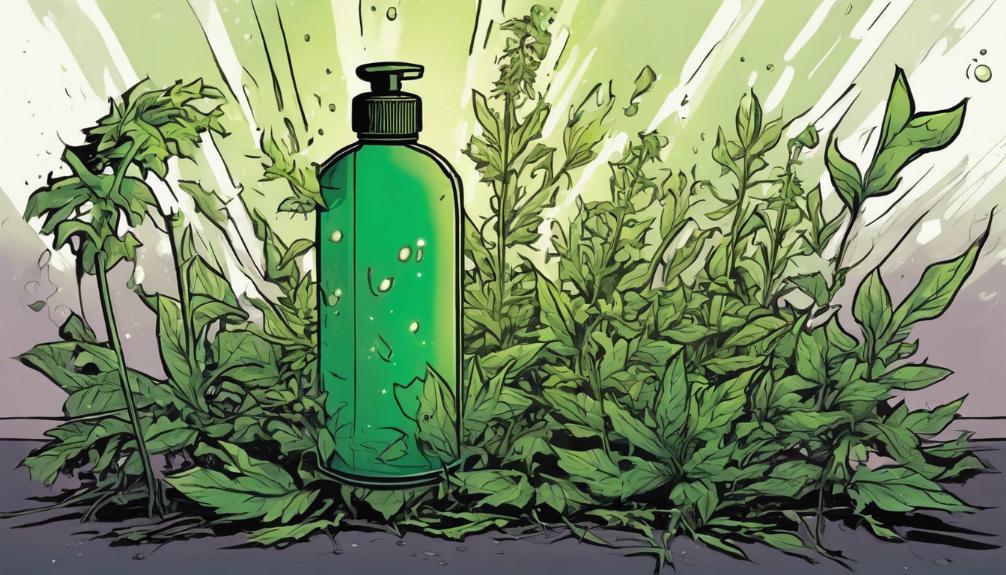
Understanding the range of products containing glyphosate is crucial for consumers seeking to identify potential exposure sources to the herbicide linked with Non-Hodgkin's Lymphoma. Glyphosate is the active ingredient in many herbicides used across residential, agricultural, and industrial settings. These include widely recognized brands of weed killers and grass treatments, as well as products used in large-scale farming operations. It's also found in certain desiccants used for drying crops pre-harvest. Given the widespread use of glyphosate, exposure could potentially occur through direct contact with treated areas or indirectly through consumption of residues on food products. Awareness of these sources is essential for individuals concerned about the health implications associated with glyphosate exposure.
How to Join the Lawsuit

Individuals who believe they have been affected by exposure to Green Light Weed Killer and are experiencing symptoms of Non-Hodgkin's Lymphoma may be eligible to join the lawsuit seeking compensation. To participate, potential plaintiffs should first gather all relevant medical records and evidence of their exposure to the herbicide. Documentation may include medical diagnoses, proof of purchase, or exposure history. Next, contacting a specialized attorney or law firm with experience in product liability or toxic exposure cases is crucial. These legal professionals can offer a free case evaluation to determine eligibility and guide the next steps. It's important to act promptly, as legal actions are subject to statutes of limitations, which vary by jurisdiction.
The Role of Product Liability Lawyers

Product liability lawyers play a pivotal role in navigating the complex legal landscape surrounding injury claims against manufacturers of potentially harmful products, such as the Green Light Weed Killer. Their expertise is crucial in establishing the link between the product and the harm caused, a task that often involves intricate scientific evidence and legal theories. These attorneys work tirelessly to ensure that victims receive fair compensation for their injuries, which may include medical expenses, lost wages, and pain and suffering. By holding manufacturers accountable, product liability lawyers not only secure justice for their clients but also promote safer products for consumers. Their diligent advocacy and deep understanding of product liability law are indispensable in the fight against negligent companies.
Preparing Your Case

To effectively prepare your case, gathering comprehensive evidence linking the injury to the product in question is paramount. This involves collecting medical records, diagnoses, and expert testimony that specifically correlate your or your loved one's Non-Hodgkin's Lymphoma to the use of Green Light Weed Killer. Additionally, documenting the extent of exposure, including purchase receipts, usage frequency, and duration, strengthens the link between the product and the ailment. It's also crucial to compile a detailed account of the impact this diagnosis has had on your life, including financial burdens from medical bills, lost income, and personal suffering. Engaging with a specialized attorney early on can guide you through this meticulous preparation process, ensuring that every relevant piece of evidence is methodically organized and presented.
Potential Outcomes and Settlements

Exploring the potential outcomes and settlements of the Green Light Weed Killer lawsuit reveals a range of compensatory avenues for affected parties. Given the lawsuit's basis on claims of harm from exposure to potentially carcinogenic substances, settlements might include financial compensation for medical bills, lost wages, pain and suffering, and possibly punitive damages aimed at deterring future negligence. Previous cases involving similar allegations have sometimes resulted in significant settlements or awards, providing a precedent that could influence the resolution of this case. It is essential for affected individuals to closely monitor the progression of this lawsuit, as outcomes can vary widely based on the specifics of each case and the evidence presented.
Contacting an Injury Lawyer
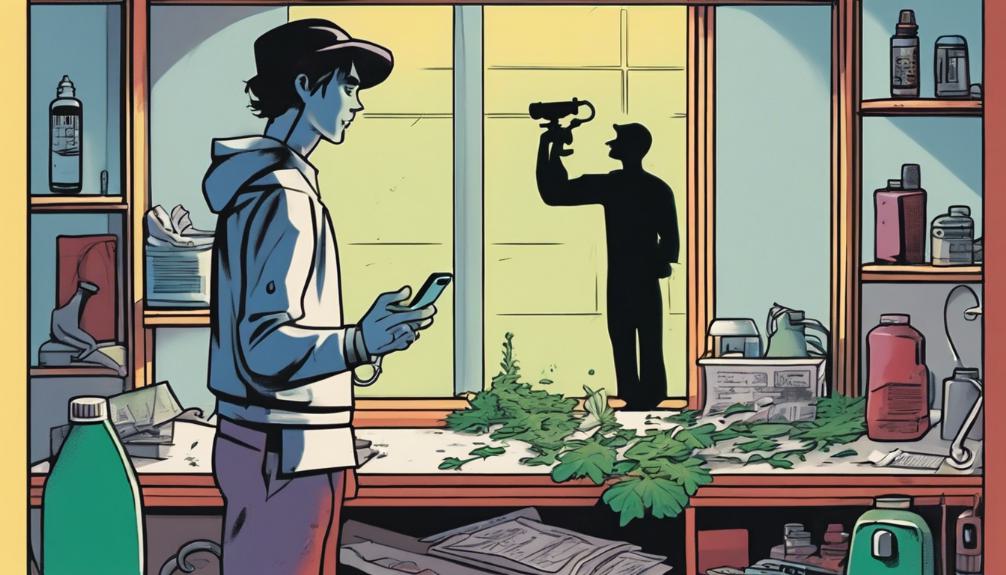
Understanding the potential outcomes and settlements of the Green Light Weed Killer lawsuit underscores the importance of seeking legal advice from a knowledgeable injury lawyer. When you or a loved one have been diagnosed with Non-Hodgkin's Lymphoma potentially linked to this herbicide, contacting an attorney who specializes in product liability and personal injury claims is crucial. These legal professionals can provide a free case review to assess the merits of your claim, guide you through the complex legal landscape, and help determine your eligibility for compensation. An experienced lawyer will also navigate the intricacies of the litigation process, ensuring that all necessary documentation and evidence are properly prepared and submitted, thereby maximizing your chances of receiving a fair settlement.
Protecting Your Rights
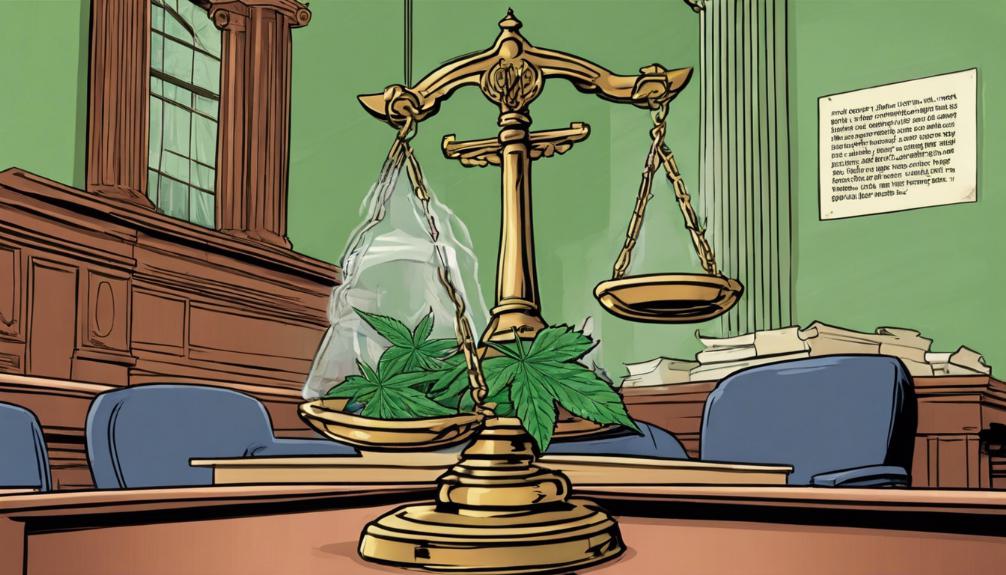
Safeguarding your legal rights is a critical first step in navigating the complexities of a lawsuit related to health issues caused by potentially harmful products. When faced with a diagnosis like Non-Hodgkin's Lymphoma, possibly linked to exposure to Green Light Weed Killer, understanding your legal options becomes paramount. Initiating contact with a specialized attorney can significantly influence the outcome. These legal professionals meticulously evaluate your case, ensuring your situation is rightly validated and pursued. Given the intricate nature of product liability law, representation by an adept lawyer is indispensable. They adeptly handle evidence collection, expert consultations, and navigate the legal system, thereby shielding your interests. This approach not only affirms your rights but potentially paves the way for rightful compensation, addressing the profound impact on your health and well-being.
Frequently Asked Questions
How Does the Green Light Weed Killer Lawsuit Compare to Other Herbicide-Related Lawsuits in Terms of Compensation Amounts and Success Rates?**
In evaluating the Green Light Weed Killer lawsuit in relation to other herbicide-related legal actions, it is essential to consider both the compensation amounts awarded and the success rates of these cases. While specific figures can vary widely based on numerous factors including the severity of harm and legal representation, herbicide lawsuits often result in significant compensation for affected parties, reflecting the serious health risks associated with exposure to these chemicals.
Are There Any Specific Geographic Regions or Occupations That Have Seen a Higher Incidence of Non-Hodgkins Lymphoma Cases Linked to Green Light Weed Killer?**
The incidence of Non-Hodgkins Lymphoma potentially linked to herbicide exposure, such as that from products containing glyphosate, may vary by geography and occupation. Regions with intensive agricultural activities or individuals working in landscaping and groundskeeping might exhibit higher incidences. It is crucial for those affected to seek professional legal and medical advice. Ongoing investigations by product liability lawyers aim to address these concerns and provide avenues for compensation to those impacted.
Can Using Personal Protective Equipment (Ppe) While Applying Green Light Weed Killer Mitigate the Risk of Developing Non-Hodgkins Lymphoma, and Has This Been Considered in the Lawsuit?**
Utilizing personal protective equipment (PPE) during the application of herbicides like Green Light Weed Killer may reduce direct exposure to potentially harmful substances, potentially mitigating health risks. However, the effectiveness of PPE in preventing conditions such as Non-Hodgkin's Lymphoma remains a complex issue, influenced by various factors including the level of exposure and individual susceptibility. This aspect's consideration within legal proceedings is determined by the specifics of each case and the available scientific evidence.
What Are the Long-Term Health Monitoring Recommendations for Individuals Who Have Been Exposed to Green Light Weed Killer but Have Not yet Developed Symptoms?**
For individuals exposed to Green Light Weed Killer yet asymptomatic, it is advisable to engage in long-term health monitoring. This includes regular medical check-ups, specifically focusing on lymphatic system assessments to detect early signs of Non-Hodgkin's Lymphoma. Consulting a healthcare provider for personalized surveillance plans tailored to one's health history and level of exposure is essential. Proactive communication about potential herbicide exposure can facilitate early diagnosis and intervention if necessary.
How Has the Green Light Weed Killer Lawsuit Impacted the Regulatory Status and Market Availability of the Product, and Are There Any Reformulations or Alternatives Being Developed in Response?**
The lawsuit involving Green Light Weed Killer has prompted scrutiny of its regulatory status and market availability, leading stakeholders to explore reformulations or alternative products. The legal action has intensified the focus on safety and environmental impact, encouraging manufacturers to consider safer, potentially less harmful ingredients. Regulatory bodies may also reassess approval criteria in response, ensuring that any product available aligns with updated safety standards and public health considerations.

This post has been generated by AI and was not reviewed by editors. This is Not legal advice. Please consult with an attorney.




